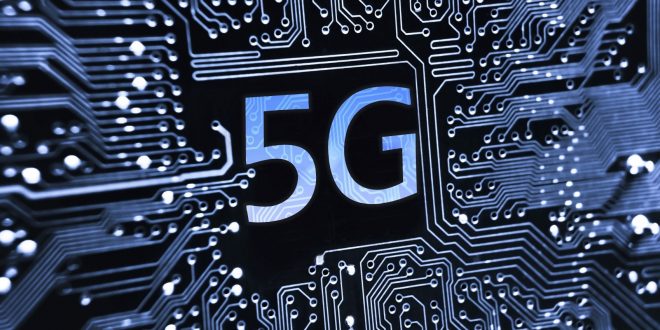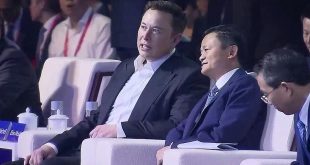By Michael Zhang
5G technology is slowly gaining more exposure by the day. 5G is the latest technology for the mobile networks, but what should you expect?
The name implies that there are previous generations of the mobile technologies, first-generation, 2G, 3G and 4G. Each new generation of wireless technology has brought faster, more reliable cellular and internet connections. In the 1980’s, first-generation technology started wireless communication via cell phones. The second generation, 2G, allowed for more efficient and secure phone calls, and introduced mobile text messaging. 3G opened the smartphone era, and 4G/LTE gave us the high-speed connections that make it possible to stream high-definition video on our phones. 5G is the latest generation and it brings us great advantages over the previous generations:
- More than 10x Faster than 4G. While the download speed could go up to 100Mbps for 4G it will go up to 1Gbps to 10Gbps for 5G. This will significantly shorten the transmission time for video and images. For example, a high-definition movie may be downloaded to your phone in a few seconds.
- 50x shorter latency. Latency is the delay between sending the data and receiving the data on the other end. It is typically 20~50 ms (millisecond) for 4G but will be reduced to <1ms for 5G. A short latency enables time-critical applications, such as data communications of autonomous vehicles which is set to launch broadly in the next decades. In another example, the real-time interaction in the virtual reality is made possible with this fast and low-latency data communication. It will bring totally new experiences to people’s lives.
- 100X more connection. 5G can connect 100X more devices than 4G, so people don’t have to worry about spotty connection in crowded areas, such as concert or theater. What is more exciting is that 5G enables connections to many IoT (Internet of Things) devices. Those IoT devices will be embedded to people’s home, office, market and every other place to make world run smarter and better.
But great benefits always come with certain drawbacks. Since 5G will use a higher radio frequency, or a shorter wavelength, a 5G tower covers less area than a 4G tower. More towers have to be built to provide the coverage for 5G and those increase the cost to deploy 5G. However, the benefits are huge and both governments and industries are pushing the 5G deployment forward rapidly. The technology is already being tested in many places in the world and the large-scale business adoption will start on 2019. Welcome to the world of 5G!
 Tempus Magazine By Students, For Students
Tempus Magazine By Students, For Students 



